A Radical Quartet of Wedge-Shaped Concept Cars from the 1960s & 1970s
We all love a good wedge from time to time, right?
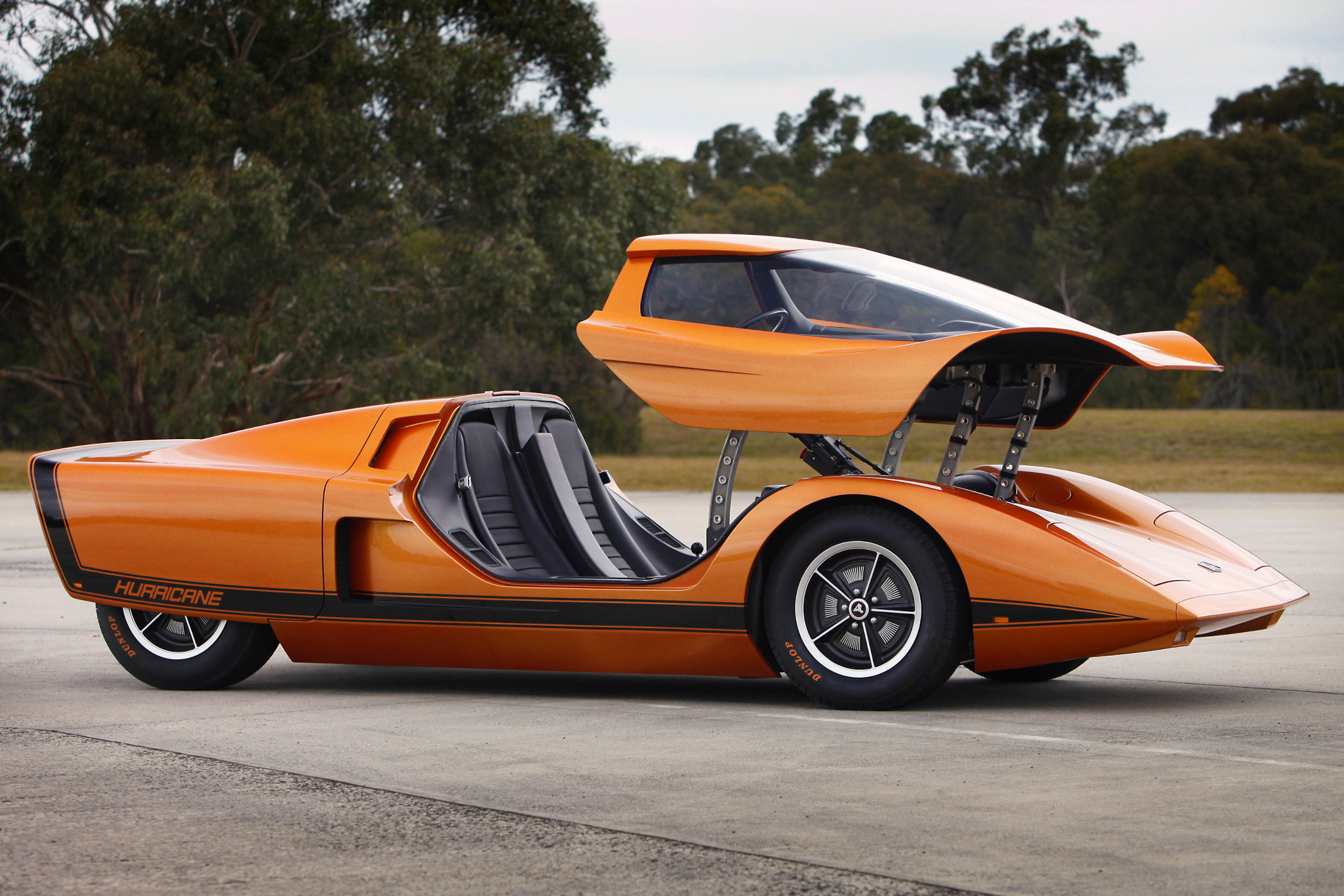
The 1960s and 1970s were, from what I’m told, a glorious time for all sorts of reasons. It was the era of free-thinking, which lead to drastic changes in music, television, design and much more. In car culture, it also sparked some of the most memorable cars ever, as designs evolved from the gorgeous, curvaceous shapes of the Jaguar E-Type and Ferrari 250 GTO, into more wedge-like icons like the Lamborghini Countach and Lotus Esprit. And things got even more radical when looking at some of the concept cars that were presented to the public!

There are plenty of truly iconic wedge-shaped cars that grace the automotive history books. The likes of the Esprit (launched in 1976) and Countach (1974) are some of the greatest car designs of all time, with low-slung, angular shapes. Especially the dramatic Lamborghini evolved into the bedroom poster for many young kids in the 1970s and 1980s (most notably with the 5000QV). But the wedge movement started quite a few years earlier and is commonly considered to start with the Alfa Romeo Carabo from 1968. However, to credit the wedge shape to a single car would be debatable, as many manufacturers and design studios embraced the new direction.
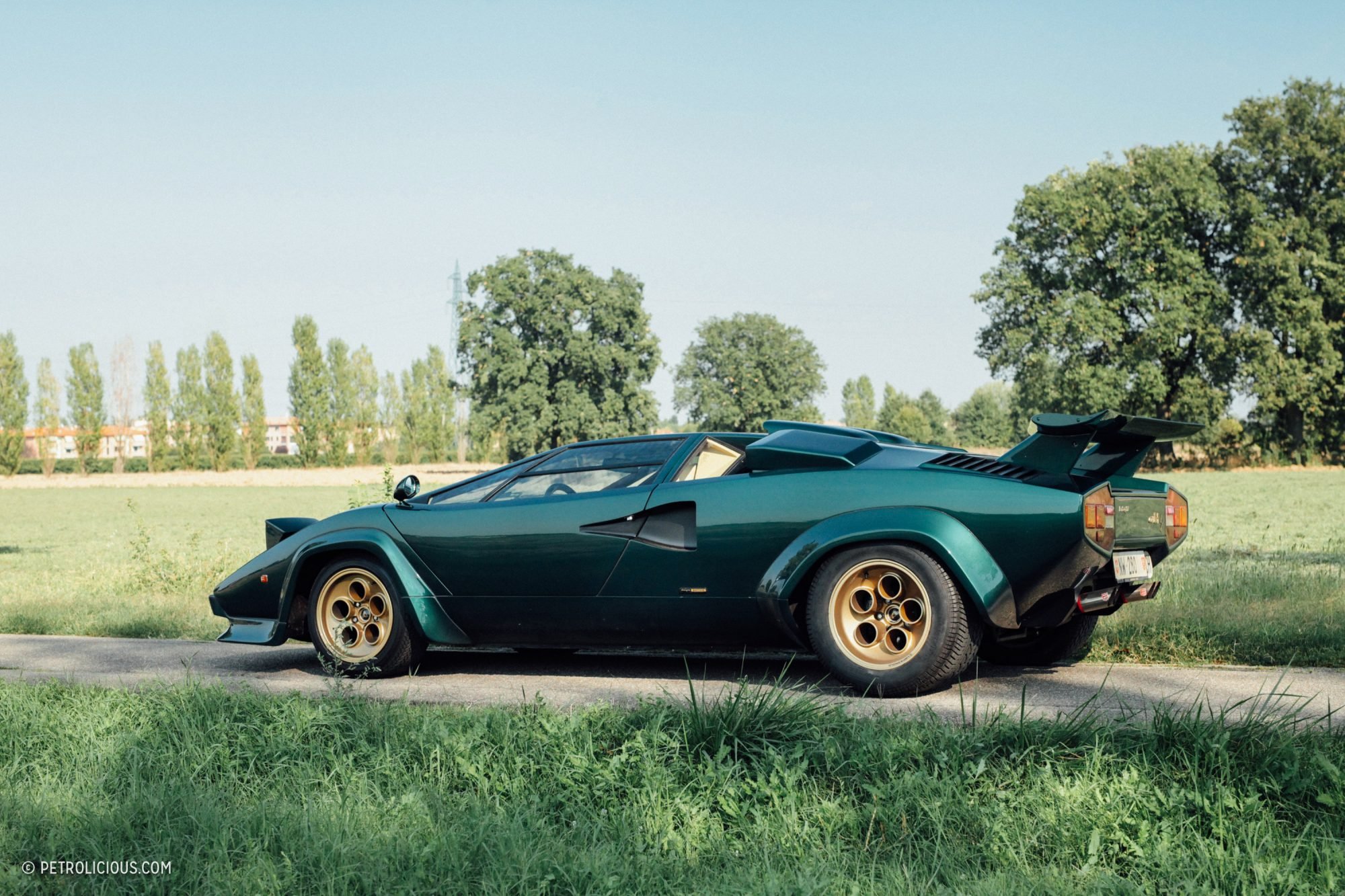
Lancia Stratos HF Zero (1968)
For sure one the wildest concept cars ever created is the Lancia Stratos HF Zero. It is the predecessor, spiritually and by name at least, to the Stratos. Lancia has never been shy of creating strange yet fascinating looking cars and the Stratos HF Zero is the ultimate expression of that.
The extremely low car has a glass pane window that opens up to reveal quite a cramped cockpit. The roof/door/windshield gives way to two shaped, leather-clad seats and a fold-away steering wheel. The car has a very sharp frontal area, with the driver’s feet extending past the front axle. The body never exceeds a height of 84cm (or 33 inches). To put this into perspective, the also quite low-slung Ford GT40 is almost 18cm or 7 inches taller. Behind the bulkhead was a 1.6 litre narrow-angle V4 engine, with 115 horsepower on tap. This was hidden from view by a slatted triangular engine cover, which swivels to one side.
The car resided in the Bertone Museum for many years, but was sold to a collector in 2011 and is a regular guest at Concours-events the world over. It can be seen, and heard, in action at the 2018 Concorso d’Eleganza Villa d’Este here:
Images sourced from CARSCOOPS.COM
Chevrolet Aerovette (1969-1976)
Next to European car manufacturers and design studios, the Americans had a crack at the wedged shape as well. The Chevrolet Aerovette started out as a concept car in 1969 with a rather sleek exterior. The hints of Corvette-styling are quite obvious, despite the mid-engine configuration. Chevrolet has played around with the idea of a Corvette with the engine behind the driver on multiple occasions, but it wouldn’t be until the C8 generation was introduced in 2020 that the mid-engine ‘Vette would become a commercial reality.
Originally the car was known as the XP-882 experimental project, presented in 1969 and with two cars built. Deeming it too costly, the program was cancelled but dusted off in 1972 to react to Ford announcing selling the DeTomaso Pantera through its Lincoln dealerships. Both the original cars would be fitted with a rotary engine, one with a 2-rotor unit and the other with a 4-rotor engine.
By 1976 the car was once again overhauled, sprouting folding Gullwing doors and a more conventional transversally mounted 6.6 litre V8 in the back. Now called the Aerovette, production was initially green-lit and planned for 1980. However, in a final plot twist, management once again put a stop to things as it didn’t see enough potential in the overall concept.
The car is still owned by the GM Heritage Center, yet weirdly listed as a 1973 Chevrolet Aerovette. All in all a pretty mixed up history of one of Chevrolet’s attempts at creating a mid-engine production sports car.
Images sourced from Wallpaperup.com
Holden Hurricane (1969)
For the third wedge-shaped concept car we move to down-under, Australia. Holden has been part of General Motors for decades, and it was once the premier car manufacturer in Australia. Sadly, General Motors have decided to kill off the brand in 2021. One of the absolute highlights of Holden is the Hurricane, a wedge-shaped experimental vehicle designed to provide a glimpse of future automotive technology.
The futuristic-looking car had a hydraulically operated canopy-top with the steering wheel directly mounted to it, swivelling out of the way once opened. The seats would rise up to allow for easy access. Furthermore, a basic but functional navigation system was built into the car, as well as a digital instrument cluster, automatic airconditioning and a rear-view camera. All of these things we take for granted nowadays, but in 1969 it was very advanced indeed.
The Holden Hurrican comes in at just under 1m in height and is finished in a metal-flake burnt orange paint job. Although restored by Holden in 2011, it comes in the original colour. The engine is a 4.2 litre V8 producing roughly 260bhp. Compared to some of the others we’re featuring today it might be the most extreme wedge of the bunch, but it is a very important car regardless.
Images are sourced from MotorAuthority.com
Ferrari Modulo (1970)
The Ferrari Modulo is hands-down the weirdest creation ever to be badged with the famous prancing horse, and also the car in this list with the weirdest backstory. It’s essentially a Ferrari 512S racing car, first converted for Can-Am racing and then converted to, well, this! The car is currently owned by James Glickenhaus, the man behind Scuderia Cameron Glickenhaus, who has restored it to former glory in recent years. It is a regular attendant of prestige classic car shows
After the 512S was converted to 612 Can-Am specifications, it was stripped of its engine and gearbox and turned over to Pininfarina. The legendary design studio was tasked to create a show car out of it, and boy did they take that literally! The styling is just extraordinary, and almost something straight out of a science-fiction series.
The Ferrari Modulo has an extravagant wedge-shaped silhouette, with wheel covers, a forward-sliding canopy-like top, an engine cover with holes in it, and a two-seater interior. Although it was initially presented without an engine due to a lack of time to complete it, it was later fitted with the original 5.0l V12 engine, producing around 550bhp. This means the top speed of the Modulo, theoretically at least, was said to be over 350kph.
Wouldn’t it be something to see if The Ferrari Modulo can do just that, similar to what’s being attempted with the Aston Martin Bulldog?
Images sourced from TheClassicCarTrust.com

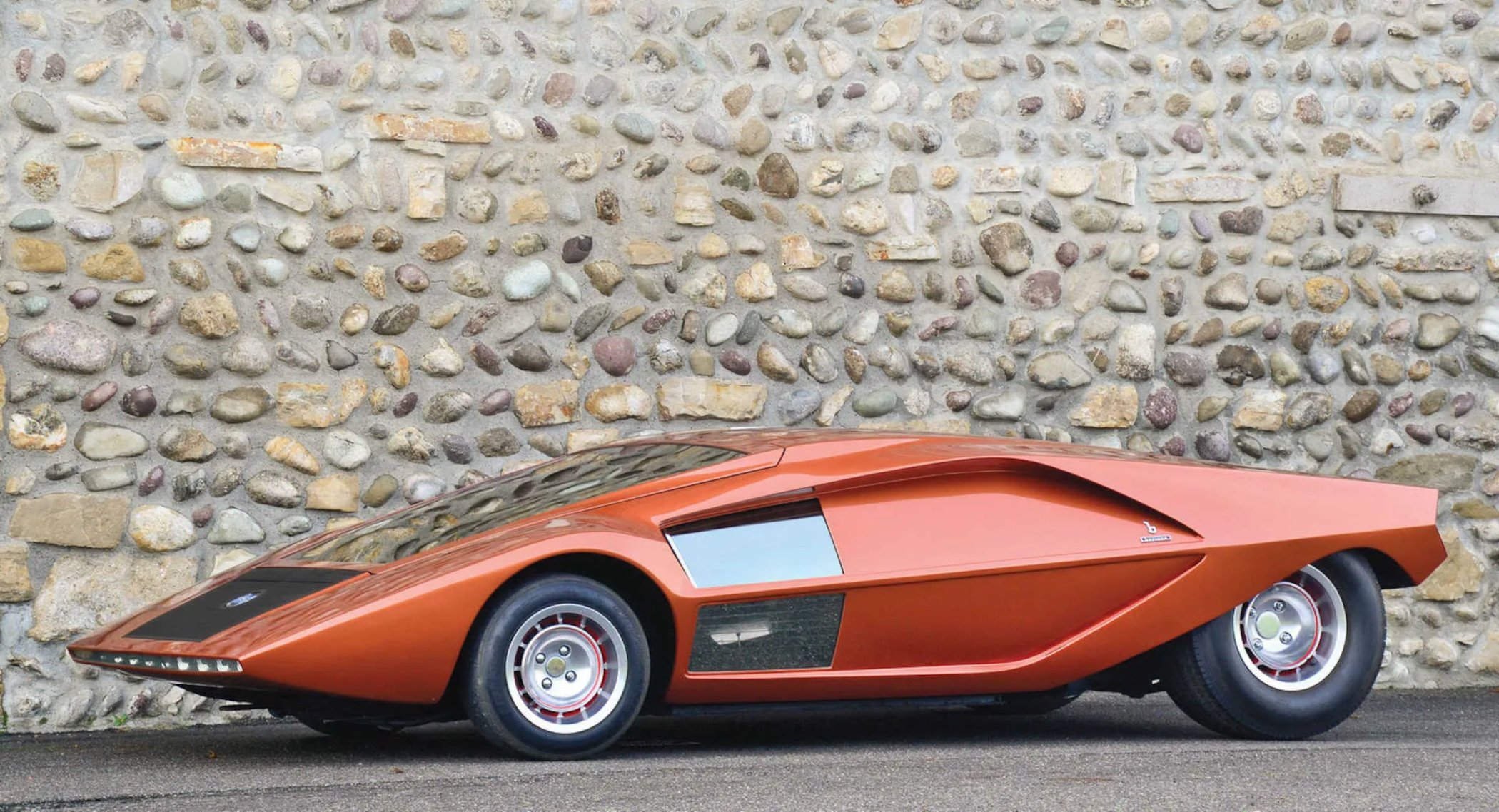


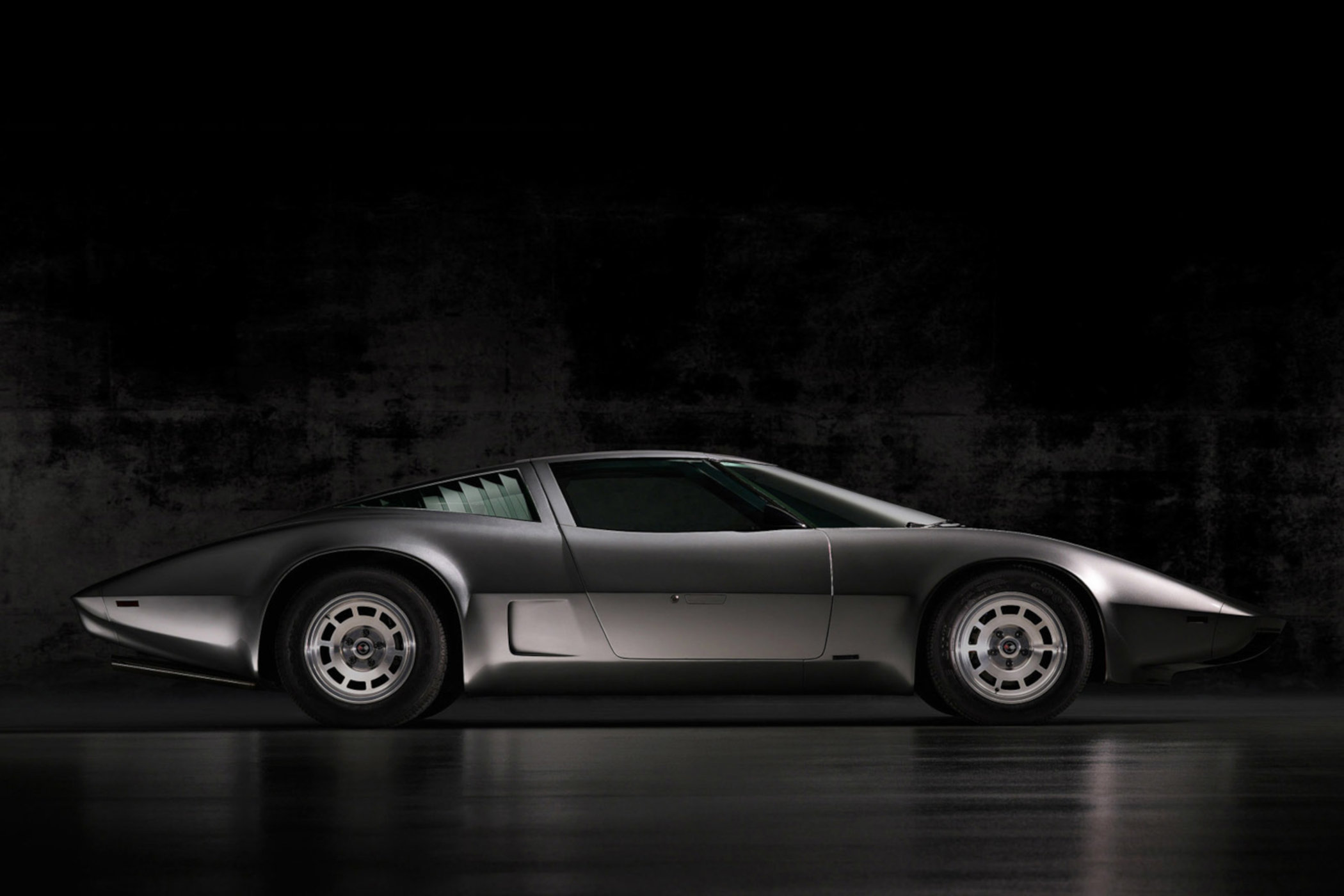
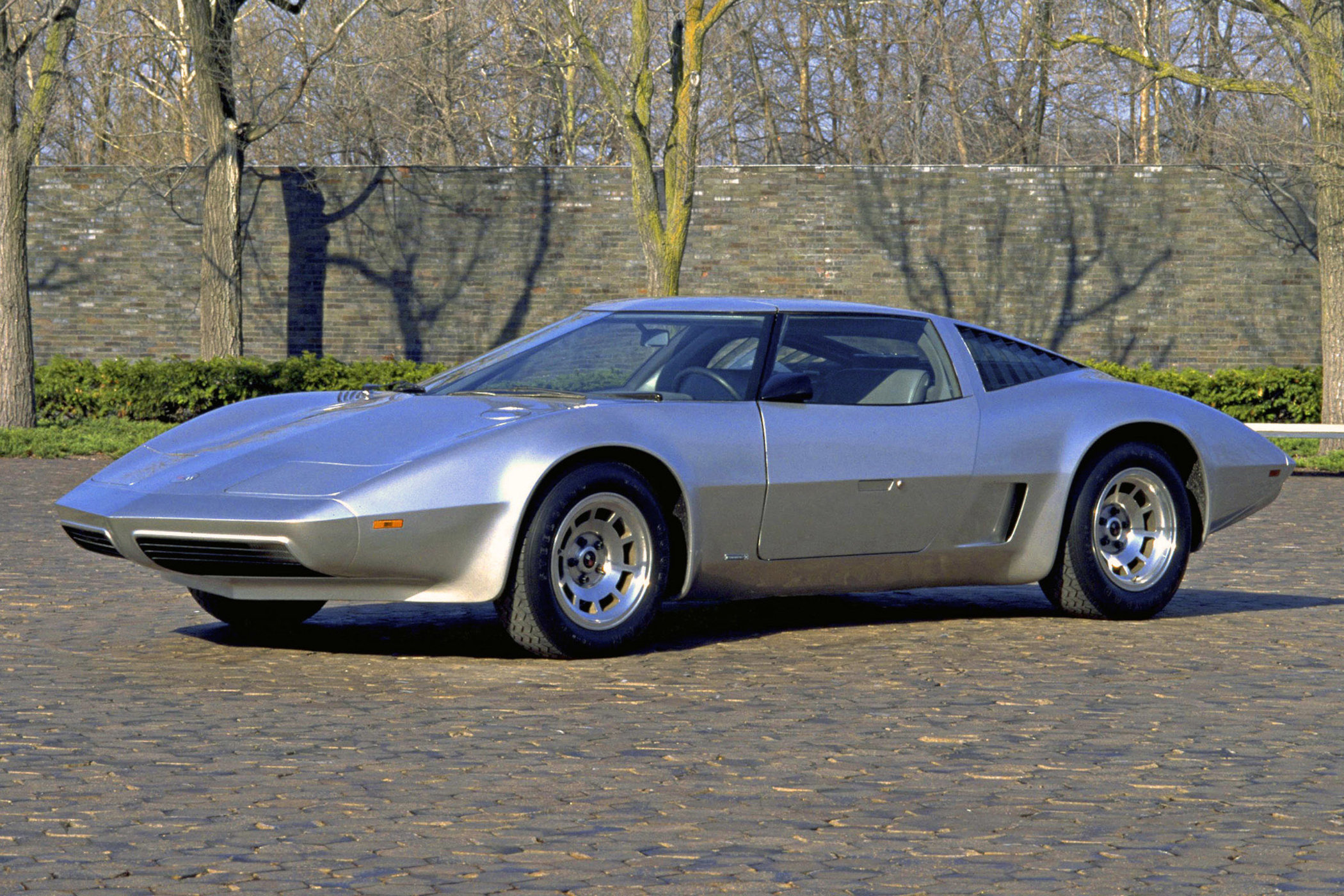
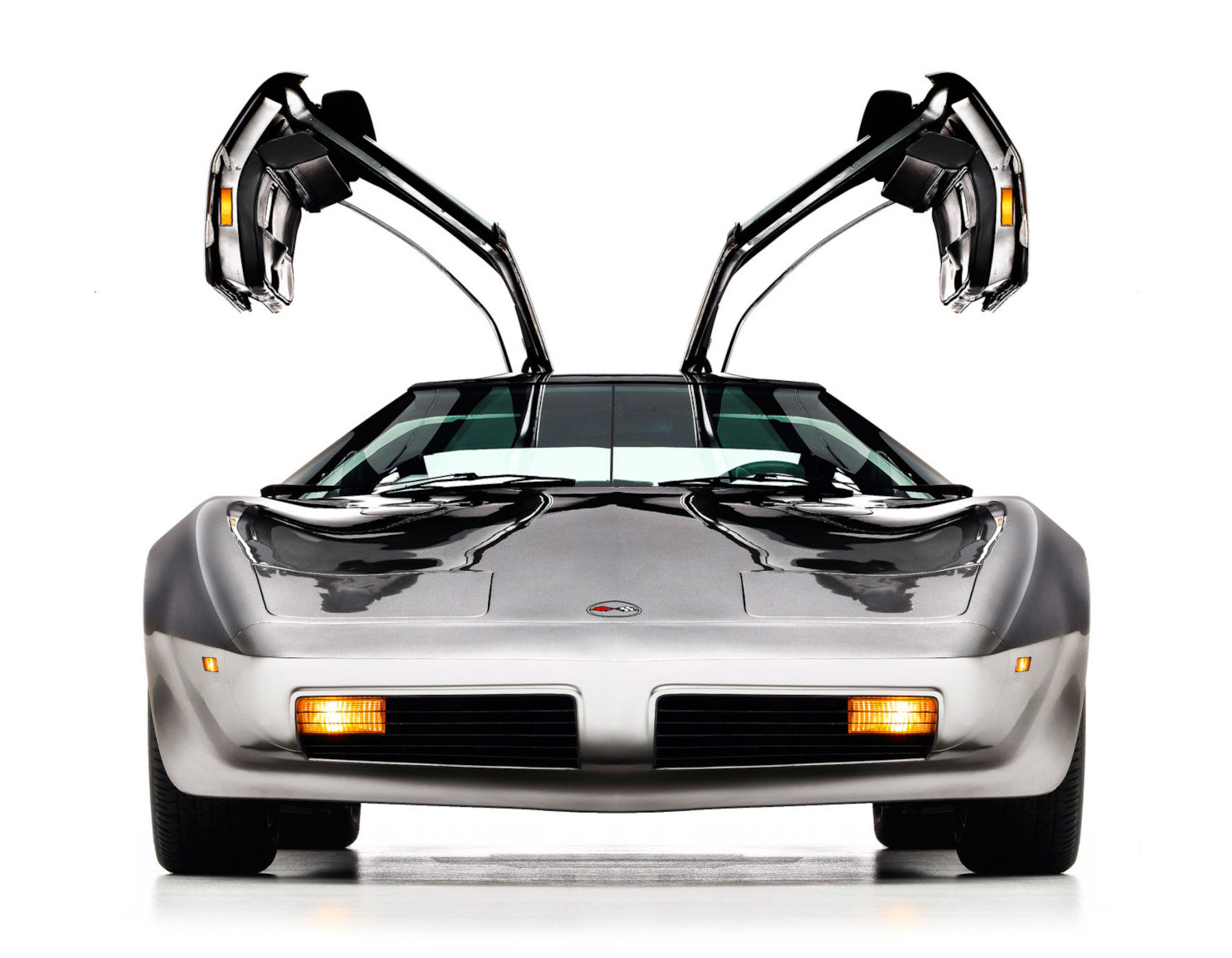
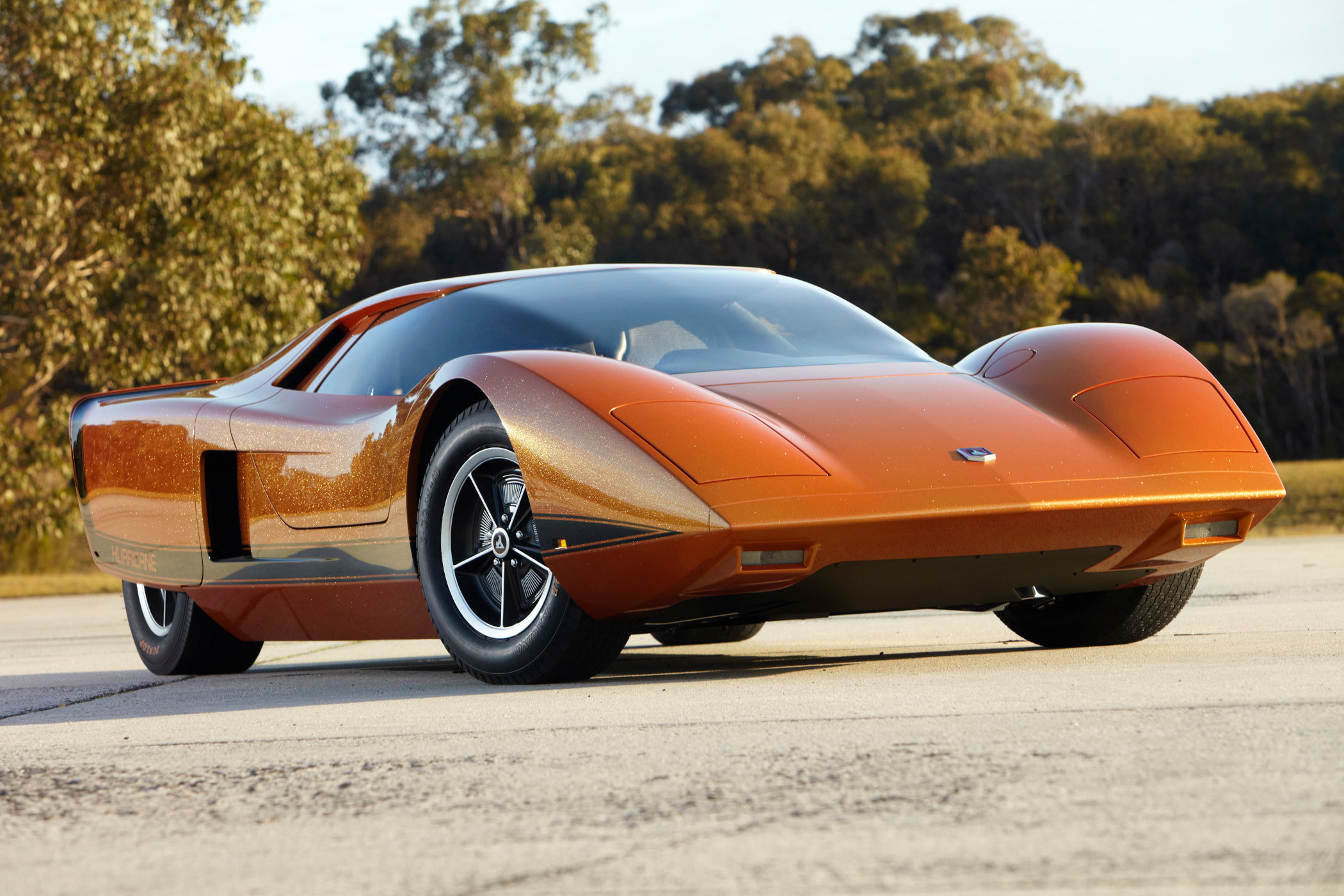
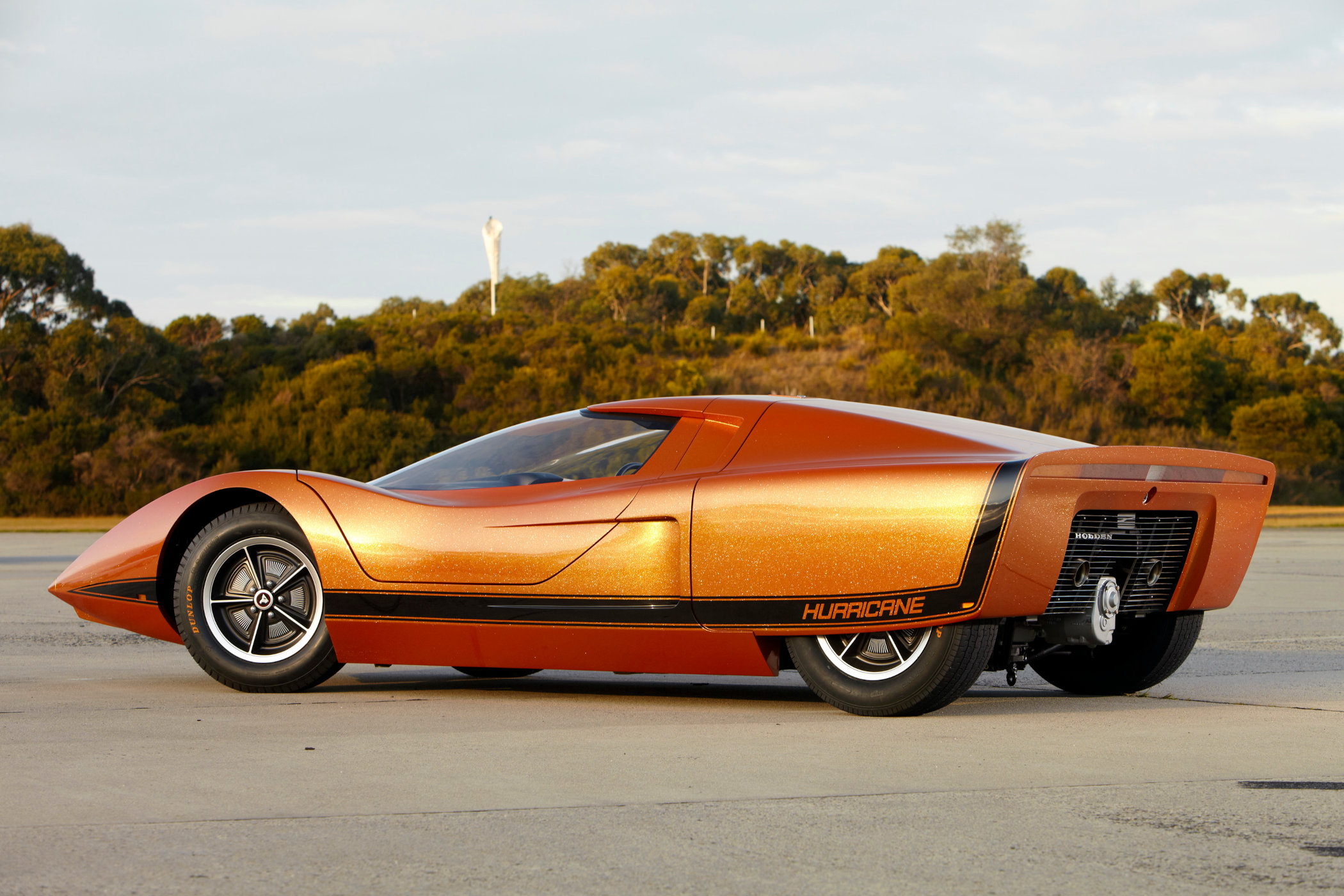


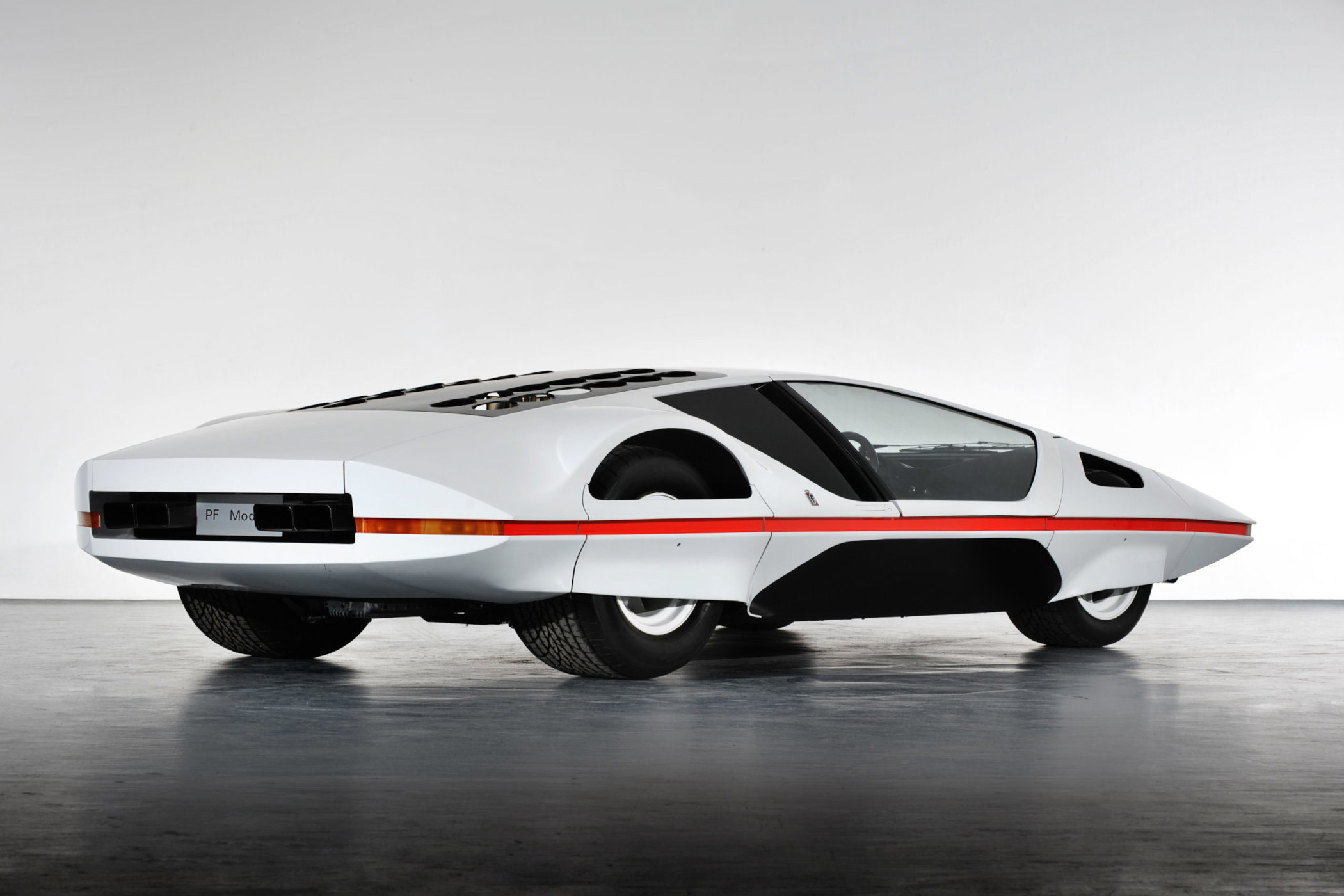
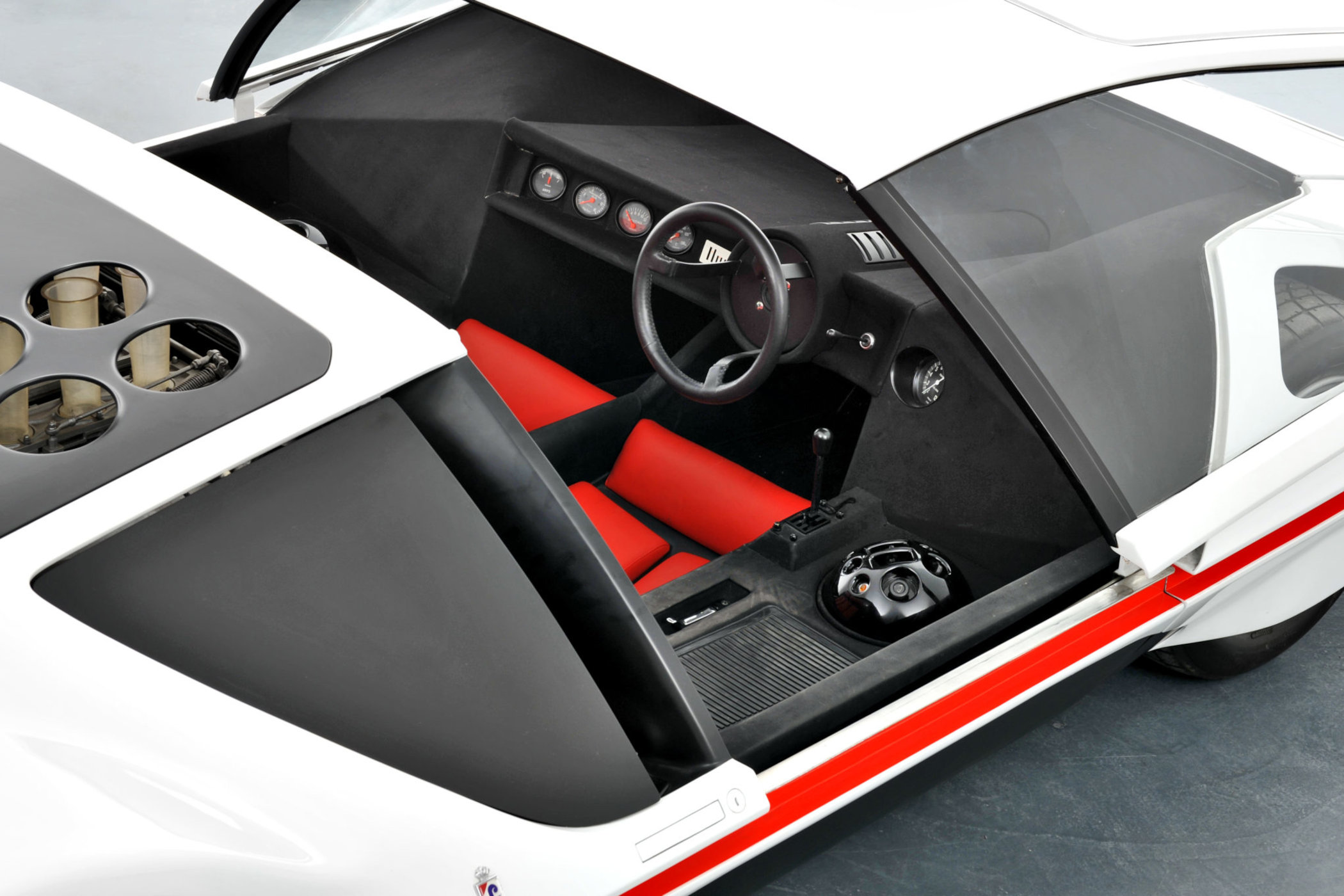



1 response
I just sneaked in, being born during Dias de los Muertos of ’69. And I’m proud of it.
We went to the moon and the Manson family went to the Polanski and LaBianca households. The Automatic Chronograph was birthed as was the Seiko Accutron. There was Woodstock and the Isle of Wight festival. Abbey Road saw the Beatles Swan song. Brian Jones passed on. And flying wedges were hot in automotive design.
It was a big year.